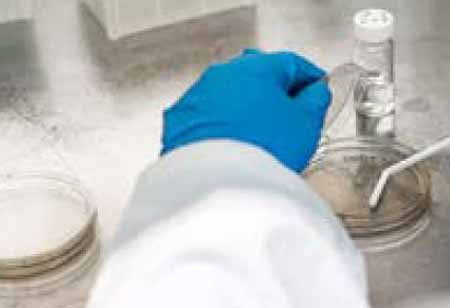Thank you for Subscribing to Construction Business Review Weekly Brief
Specials
- Apartment and Condominium Contractors Canada
- Decking Canada
- Architectural Glass Europe
- MEP APAC
- Construction Saudi Arabia
- German Apartment and Condominium Contractors
- Construction Law APAC
- Outdoor Construction
- Foundation Construction Canada
- MEP Canada
- Kitchen and Bath
- Cold Storage Construction APAC
- Precast Concrete Europe
- Construction Staffing Europe
- Pre-Construction Services
- Flooring System APAC
- Scaffolding Canada
- Swimming Pool Construction Canada
- Construction Management Canada
- Cold Storage Construction Canada
- Flooring Systems Europe
- Residential Construction
- Concrete Canada
- Construction Cladding Europe
- Construction Cladding APAC
- Concretes, Aggregates and Construction Materials APAC
- Concretes, Aggregates and Construction Materials Europe
- Commercial Contractors Europe
- Commercial Contractors APAC
- Dummy
- Construction Insulation, Coating and Waterproofing
- Construction Management APAC
- Landscaping Canada
- Construction Coating Europe
- Construction Tech Startups Europe
- Insulation Services Europe
- Mechanical Contractor Canada
- Mould Remediation and Testing Europe
- Swimming Pool Construction APAC
- Building Sealing Solutions Europe
- Construction Engineering Services
- Mechanical Electrical and Plumbing
- Roofing Systems Europe
- Architectural Glass APAC
- Startups APAC
- Construction Forensic and Owners Representative
- Flooring System
- Waterproofing APAC
- Wall Systems
- Safety and Compliance Europe
- Construction Bidding and Auctions
- Modular and Prefab Construction
- Architectural Glass
- Construction MENA
- Construction Demolition and Recycling Europe
- Modular Construction Europe
- Construction Interiors
- Steel Building APAC
- HVAC
- Doors and windows
- Construction Latam
- Building Information Modeling APAC
- Sustainable Construction APAC
- Building Restoration and Maintenance
- Commercial Contractors
- Specialty Construction
- Construction Engineering Canada
- Construction Engineering MENA
- Modular Construction Canada
- Modular Construction APAC
- Roofing and Siding Systems
- Workforce Management and Staffing
- Roofing Systems APAC
- Construction Consulting
- Steel Building Europe
- Construction Demolition and Recycling APAC
- Safety and Compliance APAC
- Concretes, Aggregates and Construction Materials
- Construction Cladding
The Crucial Role of Post-Remediation Verification in Mould Removal
Mould remediation is a complex process aimed at eliminating mould from indoor environments.

By
Construction Business Review | Friday, July 26, 2024
Stay ahead of the industry with exclusive feature stories on the top companies, expert insights and the latest news delivered straight to your inbox. Subscribe today.
By understanding the complexities of PRV and staying updated on the latest developments, building owners and occupants can protect their health and property from the devastating effects of mould.
FREMONT, CA: Mould remediation is a complex process aimed at eliminating mould from indoor environments. While removing visible mould growth may signal a successful conclusion, the process still needs to be completed. Post-remediation verification (PRV) is the critical next step to ensure the effectiveness of the remediation efforts and safeguard occupants' health and well-being.
Understanding the Importance of Post-Remediation Verification (PRV)
Post-remediation verification (PRV) is essential for confirming the success of mould remediation processes. By providing scientific evidence, PRV ensures that any residual mould or moisture issues have been adequately addressed, protecting the health of building occupants from potential exposure to allergens, respiratory problems, and other serious illnesses. Additionally, PRV is often a mandatory requirement for building insurance claims and compliance with health and safety regulations in many European countries. It offers property owners and occupants peace of mind by confirming that the mould problem has been effectively resolved and the indoor environment is safe.
Methods for Post-Remediation Testing
Various methods are utilised for PRV, tailored to the extent of mould infestation and specific building requirements. Air sampling collects air samples to measure mould spore concentrations, assessing overall air quality and identifying potential mould sources. Surface sampling involves taking samples from various surfaces to determine mould contamination levels, which helps identify hidden mould growth and evaluate cleaning effectiveness. Moisture testing uses moisture meters to measure moisture levels in building materials, which is crucial for preventing mould recurrence by identifying areas with excessive moisture. Although not scientific, thorough visual inspections are essential for detecting visible signs of mould growth or water damage.
Advanced PRV Techniques
Environmental DNA (eDNA) is a cutting-edge technique capable of detecting mould DNA in air or surface samples, even when traditional methods fail.





